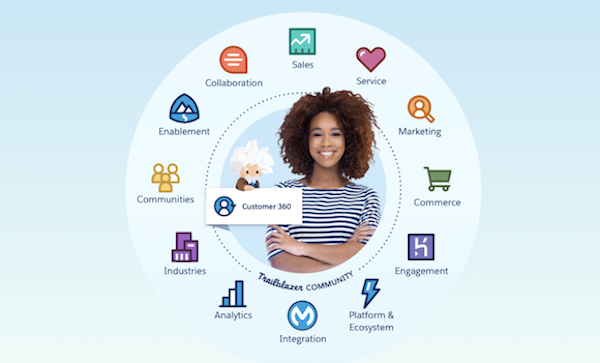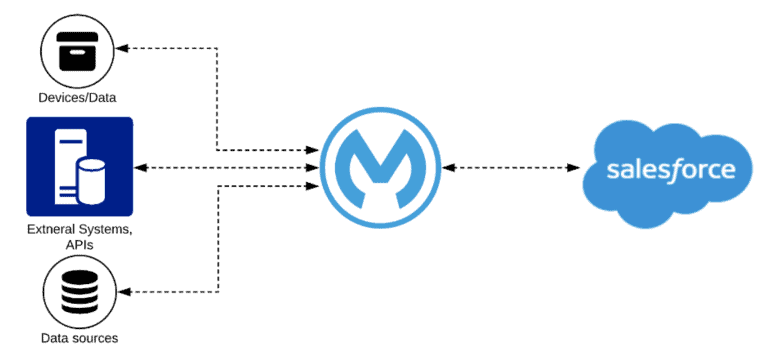
Deploying Salesforce solutions tailored to your needs
In our approach to Salesforce project implementation, we combine established project management techniques with contemporary practices from agile software development.
Defined Project Procedure
The methodology we employ plays a pivotal role in determining the success of our projects. We emphasize the following aspects in this regard:
- Elaborating and maintaining a comprehensive project plan.
- Defining the project’s organizational structure.
- Crafting role descriptions and delineating responsibilities.
- Assisting in the formulation of project standards.
- Creating and updating a project manual.
- Setting project milestones within the implementation process.
- Strategizing and executing project communication and reporting.
- Establishing a systematic approach to project control.

Phase 1: Scoping In the scoping phase, we craft a practical and meaningful proposal based on the requirements identified during the scoping workshop. Our extensive experience and established procedures play a crucial role in this process.
Phase 2: Project Setup During the project setup phase, we establish all the essential conditions to ensure optimal project execution. This encompasses tasks such as defining the project team, establishing a shared understanding of requirements, and outlining task packages.
Phase 3: Implementation At the outset of the implementation phase, we break down the overall project into smaller, logical units. Once the solution design has been finalized, the actual implementation commences. This may involve configuration and/or programming, depending on the project’s specific needs. Each individual package is internally tested and compared against the specified requirements.
Upon successfully meeting all specifications, the completed requirements undergo a prompt customer review and acceptance process. This involves conducting a User Acceptance Test (UAT) within a test environment. The successful conclusion of this phase culminates in the provision of the functional solution.
Project Conclusion: Following the project’s launch, we provide assistance to users and administrators as required, with a constant emphasis on ensuring customer satisfaction and fostering user adoption.
Integrating Third-Party Systems with Salesforce: Linking existing applications, such as ERP systems, to Salesforce is typically a vital business requirement and a fundamental step in effectively aligning critical business processes. Drawing upon our extensive experience, we assist in assessing and executing the most suitable solution.

